Your garden is more than just plants – it's a vibrant ecosystem buzzing with insect life! The word “insect” is commonly used to describe any small creature with legs. However, true insects are small invertebrate creatures with specific physical characteristics. They have three body segments, six legs and usually one or two pairs of wings. Ants, bees and butterflies are all examples of insects, but spiders, ticks and centipedes are not.
While only a small fraction of insects are considered pests, the vast majority are harmless and play critical roles in maintaining biodiversity. From pollination to natural pest control, beneficial insects help keep your garden healthy and balanced.
Nature’s Helpers: Meet Your Garden Allies
Here are four common insects that have beneficial roles in your yard:
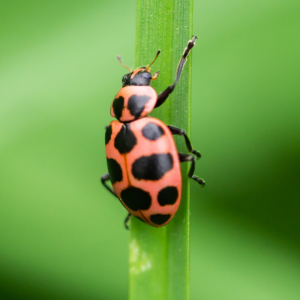
Lady Beetles (Ladybirds/Ladybugs) – Lady beetles play a crucial role in maintaining pest populations in your garden ecosystem. Both adults and larvae have appetites for species of aphids, scale insects and mites and help keep them at bay throughout the growing season.
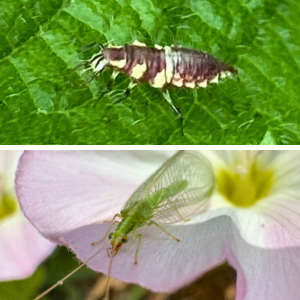
Lacewings - Lacewings are another beneficial insect that helps control garden pests. Both adult lacewings and their larvae are voracious predators, feeding on aphids, mealybugs and other soft-bodied pests. The delicate, green wings of the adult lacewing make it easy to spot as they flutter through your garden. Their larvae, which resemble tiny alligators, are especially effective at hunting pests, making lacewings a natural solution for pest control without chemicals.
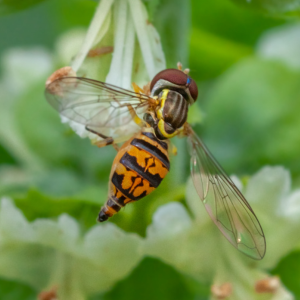
Hoverflies (Flower Flies) – Often mistaken for bees or wasps, hoverflies are completely harmless and incredibly important for biodiversity. Adult hoverflies require nectar and pollen to fuel their flight and egg-laying, making them incredible pollinators – second only to bees. Even better, their larvae target pests like aphids and mites.
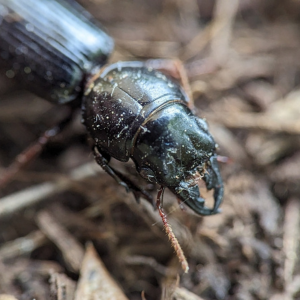
Ground Beetles – Ground beetles are a large and diverse group of insects with a wide range of roles in your garden system. They can be found hiding under rocks, logs or in the soil. They feed on grubs and other soil pests while helping to break down organic matter, both of which contribute to healthy soils.
How to Attract and Protect Beneficial Insects
Creating a refuge for beneficial insects that prey on pest insects can boost your garden’s health while reducing the need for chemicals and fertilizers. Follow these tips to attract them to your garden:
- Monitor Your Ecosystem: Start by watching your garden. Get to know the usual suspects and learn about their roles through identification and research. Before you declare war on every bug you see, remember that many are innocent until proven guilty!
- Provide Water: Like all living creatures, insects need water to survive. Add a pond, use shallow birdbaths or create insect water dishes using plant saucers and stones, allowing insects to drink safely.
- Plant Native, Plant Diverse: Native plants co-evolved with beneficial native insects and provide them with essential food and shelter. Planting a variety of native plants in your garden means that insects will have access to different flowers, fruits and foliage throughout the year. Consider planting native asters, milkweeds, dogwoods or serviceberries to attract beneficial insects.
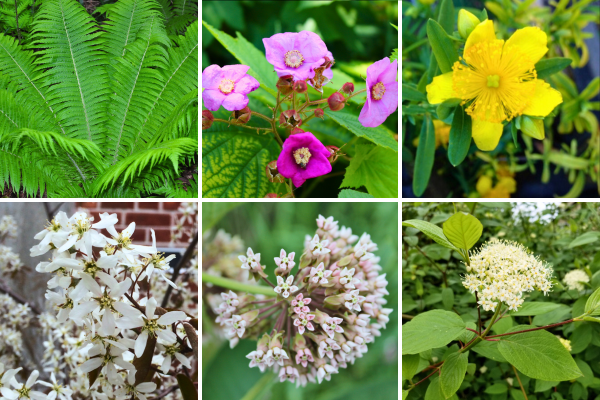
-
Go Au Naturel: Consider reducing grass coverage or curtailing mowing for a period to help insects thrive. Avoid gardening with chemical pesticides and synthetic fertilizers as improper application can harm insects. For a natural fertilizer that creates year-round insect habitat, leave fallen leaves in your garden or use mulch and compost. For the latter, apply a two-inch layer of organic mulch, like undyed woodchips, on top of a one-inch layer of organic compost, like sheep or cow manure, throughout your garden and around your plants, taking care not to allow the compost and mulch to touch the plants.
In Harmony with Nature
Supporting beneficial insects is key to a thriving garden. By attracting these tiny helpers, you’ll enjoy a healthier, more sustainable yard while reducing chemical use. So, the next time you see a critter buzzing around your yard, take a closer look—it might just be helping your garden flourish.
Are you ready to add a native tree and shrubs to your yard? Check out our Backyard Tree Planting Program and let our experts guide you in selecting your next tree.
Jon is an ISA certified arborist and the Residential Planting Programs Senior Field Coordinator at LEAF.
The #BackyardBiodiversity campaign is a partnership initiative with the Toronto Wildlife Centre and is supported by Ontario Power Generation.
LEAF offers a subsidized Backyard Tree Planting Program for private property. The program is supported by the City of Toronto, the Regional Municipality of York, the City of Markham, the Town of Newmarket, the City of Vaughan, the Regional Municipality of Durham, the Town of Ajax, Township of Brock, the Municipality of Clarington, the City of Oshawa, the City of Pickering, the Township of Scugog, the Town of Whitby and Ontario Power Generation.
